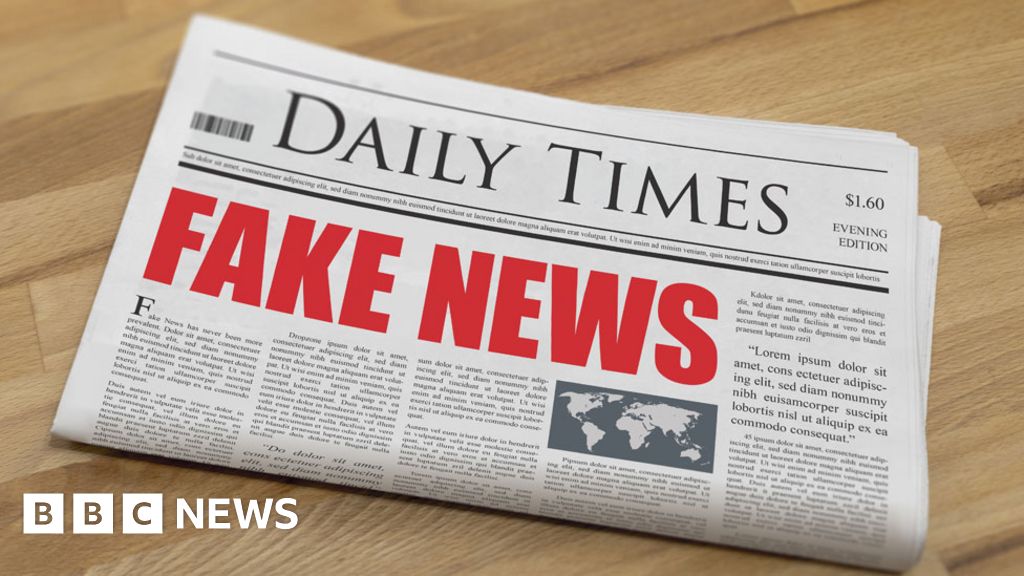Week 5 Fake News and New Media

The reading this week delved into the ideas behind fake news and solutions for the spread of fake news on social media. From my personal opinions Bakir and McStay have some ideas I think that would be worthwhile to help prevent the spread of fake news. I found it interesting that much of the fake news that was created in 2016 when the rise of fake news began was due to the president election in America. What fascinated me was, the writers mentioned that much of the fake news created in 2016 was not based in American but rather Macedonia with computer science students attempting to make a profit from clicks and people reading fake news articles. This to me intrigue me, as it made me think about how easily it can be for people to create something through social media and then have such an extraordinary effect on social media users. The article mentioned how fake news can “manipulate public sentiment”.
Another point raised about the spread of fake news a personal thought I had about fake news is that the reason why so much fake news is spread, is due to two important aspects. One is that many of the stories created are outrageous and so over the top that people are so captured by a title that they click and share and then becomes this vicious cycle. Many of the stories are so extreme it becomes a matter of playing with people’s emotions, the stories effect readers because it either a line with their political views or they are challenge their beliefs.
The several suggested solutions to preventing the spread of fake news were very thoughtful however, the one that I agreed to be the most logical was the third-party verification. People are more likely to read something that a reliable source has checked and verified rather than using a label, people would scroll pass and may not bother to have a second look. Using a widget created by Duke University and JigSaw is a practical way of identifying fact checked article.
From the rise of fake news, it has created more work for journalist to fight for information that is correct outsource ways to ensure readers are being distributed correct facts. In a world that relies so heavily on facts and strategies it so evermore important that citizens are informed correctly about their news and ensure they know what is happening in the world around them.
Source: Bakir, V. and McStay, A., 2017. Fake News and The Economy of Emotions. Digital Journalism, 6(2), pp.154-175.